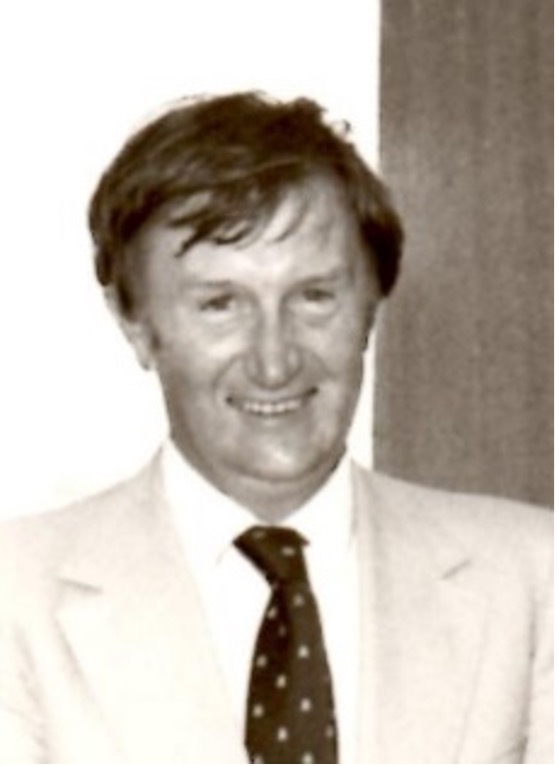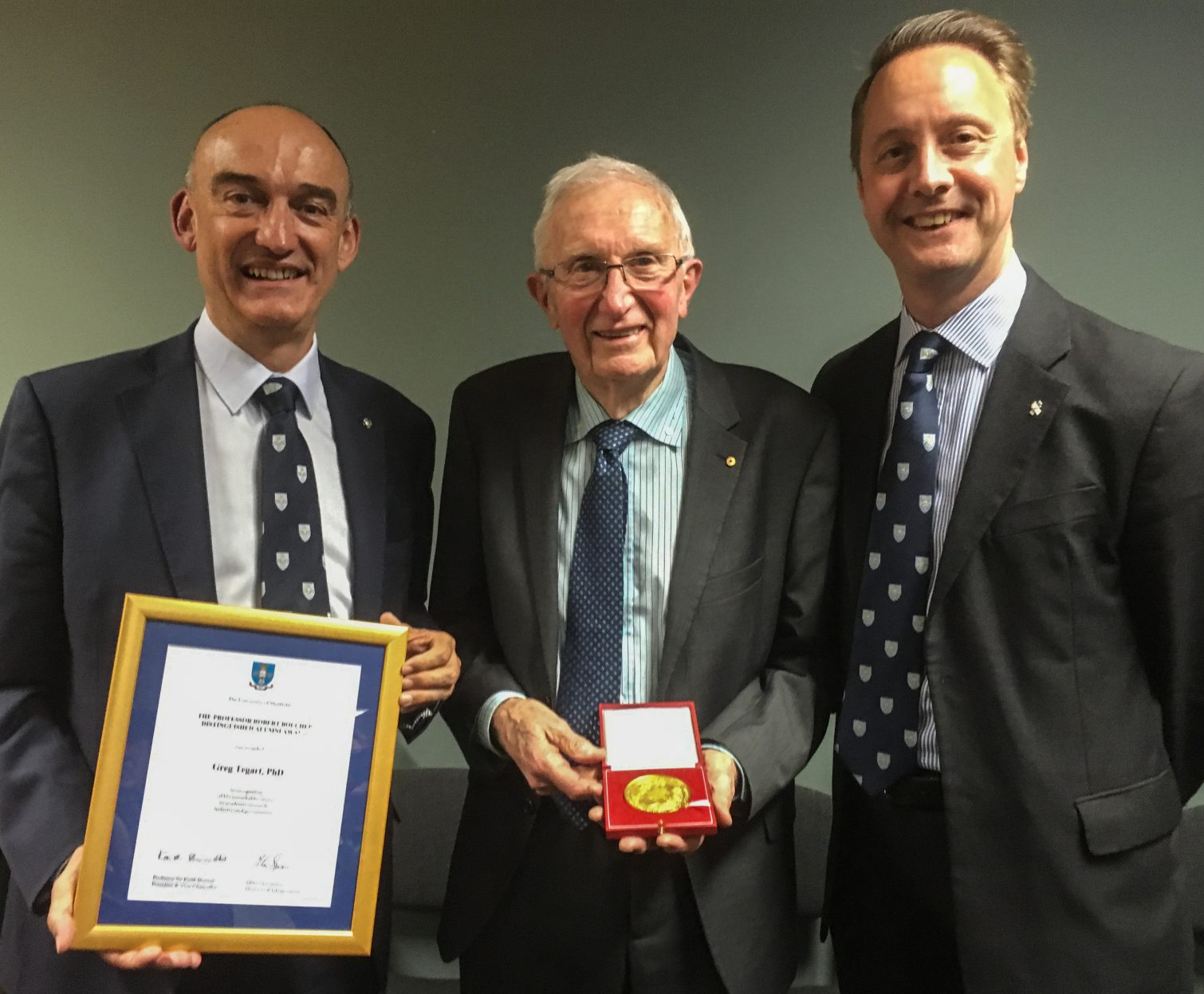Dr Greg Tegart AM FTSE: Outstanding Leader of Public Service Science
A tribute to Dr Greg Tegart from former colleagues Dr Barry Jones, Dr Roy Green and Dr John Zillman
A tribute to Dr Greg Tegart from former colleagues Dr Barry Jones, Dr Roy Green and Dr John Zillman
As former ATSE colleagues of Dr Greg Tegart AM who greatly admired his contribution to ATSE and to Australian science and technology, we would like to pay special tribute to his exemplary leadership of the ‘old Department of Science’ through a period that is remembered by many as a time of Public Service science at its best.
Having worked closely with Greg for five productive and rewarding years in the Hawke Government Science Portfolio from 1983 to 1987, we offer this reflection on the Department of Science at the time, and Greg’s contribution to it.
Greg joined the Public Service from the CSIRO Executive in January 1982.

The new Secretary quickly built a strong sense of cohesion and camaraderie in his diverse department which included the Antarctic Division, the Bureau of Meteorology, the Patents, Trade Marks and Designs Office, the Australian Government Analytical Laboratories, the Ionospheric Prediction Service, Space projects and Research Grants along with the Department’s core responsibilities for science policy and technology development. He supported a strong forward-looking agenda for Australian science and, in March 1983, he presided over the Ministerial transition to incoming Hawke Government Minister for Science and Technology, Barry Jones.
As Minister for Science 1983-90 I was grateful to have Greg Tegart at my right hand, or possibly my left, until the demise of the Department of Science as a separate entity on Bastille Day 1987, and its incorporation into the Department of Industry and Commerce. I had been very ambitious, not so much for myself, but for science and scientific method, looking towards the long term, especially the emerging reality of a post-industrial society, the prospect of global climate change, the implications of the genetic and information revolutions, the importance of preserving Antarctica from mining, and population ageing. But I had a rare gift for irritating Prime Minister Bob Hawke, a man of extraordinary capacity whose emphasis was on the short to medium term, while, in the 1980s I was always banging on about the long or very long term, more than a dozen elections ahead: that is, now. Greg Tegart had wide experience, knowledge, a strong philosophical grasp, wisdom and tact. He worked very well with colleagues across the Department, the Public Service and CSIRO, among others. He was an excellent negotiator and won some battles with Treasury and Finance. He was one of the world’s great travellers, not far behind Marco Polo and David Attenborough. I enjoyed travelling with Greg and his wife Robyn in Britain, France, Germany, Canada, the United States, Japan and China. In 1987, Greg became Secretary of the Australian Science and Technology Council (ASTEC). Greg retired from ASTEC in 1993, but then took on new challenges, including ageing and climate change.
When I joined the Department of Science as Deputy Secretary after some years as Secretary of the Australian Science and Technology Council, there was the possibility of conflict of interest. But with Greg’s wisdom and diplomacy to guide us, it was never an issue. Greg’s experience and confidence provided assurance to all of his senior staff in carrying out their roles, with guidance always available if sought, but never overbearing. The consequence was a harmonious department, progressing the science and technology policies of the Minister and Government effectively and efficiently. Greg earned the confidence and respect of his colleagues in the Department of Science and Technology and in the many other departments and agencies with technological responsibilities.
The Bureau of Meteorology had been one of the statutory agencies of the Science Portfolio since the election of the Whitlam Government in 1972 but, unlike the much larger and more independent CSIRO, it was also part of the Public Service and thus part of the Department of Science, an arrangement that had caused some tensions in the 1970s. On taking up the position of Secretary (in those days still often referred to as ‘Permanent Head’) of the Department of Science and Technology in January 1982, Greg immediately set the Bureau and other operational parts of the Department at ease. From the perspective of a departmental outrider, he was the kind of Permanent Head that most Public Service agencies could only dream of. He took a real professional interest in all their activities and provided wise advice and support when needed, but trusted them to carry out their specialist roles and intervened only in exceptional circumstances. Even after the demise of the Department, Greg remained a valued adviser to the Bureau of Meteorology and a close friend and mentor of several of its staff for the rest of their careers.
The portfolio-wide sadness at the 14 July 1987 demise of a separate Science Portfolio and the disbandment of Greg’s close-knit Department of Science affected its staff deeply, with a number of Departmental officers gathering over the years to look back with fondness and pride on what had been achieved in the ‘Science’ years.
On looking back on the ‘Department of Science’ years 1983-87, there was general agreement among all those who had gone on to long careers in government and science that those had been the happiest and most satisfying years of their professional lives. They agreed that much of the credit for the good times was due to Greg’s wise and sensitive leadership of the Department and the warm, friendly and constructive Departmental working relations he maintained with the Minister’s Office. For we three, he was a very special professional colleague and friend.
Greg Tegart enriched our experience. We will never forget him.
